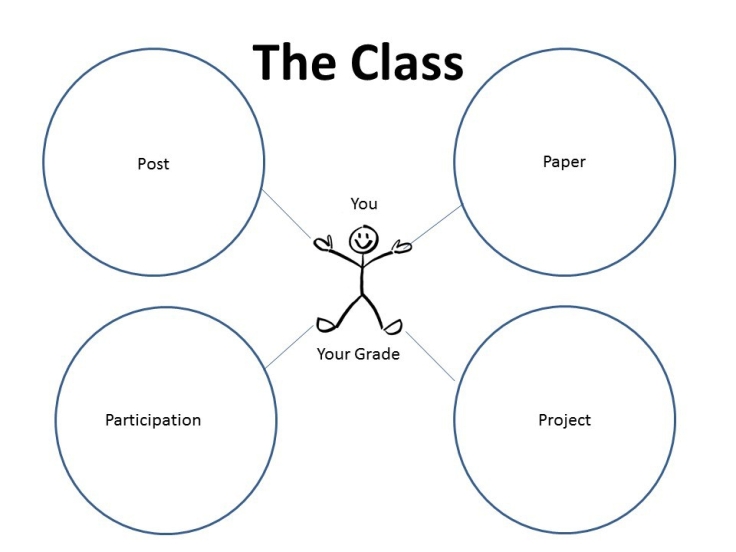From midcentury newspapers’ seductive but suspicious depictions of mesmerist and mediums to the disillusioned but delighted reviews of P.T. Barnum’s circus “humbug” to the hilariously scathing sketches of quack doctors in The Adventures of Tom Sawyer, 19th-century American culture expressed an anxious ambivalence about artifice and public performance. While prominent 19th-century Black leaders often voiced a similar disdain for witchery and hocus pocus, artifice and performance emerge in the literature, art and everyday life of black peoples as not just a useless pleasure or wicked distraction from advancement but also as a necessary means of fugitive flight. From Henry Box Brown’s cargo dramatics to Ellen Craft’s incredible performance as a feeble white male travelling with his black servant to Brer Rabbit’s feigned fear of the brier patch, artifice repeatedly occurs in explicit and implicit ways in black literature as necessary means of fugitive departure and black life. This course examines the place of artifice and performance in Black America. While we examine texts in the 19th, 20th, and 21st century, we will pay particular attention to the years between 1850 and 1930 (the late antebellum years through the Harlem Renaissance). Attending to a variety of textual, visual, performative, and historical texts, we will trace in the black artistic and intellectual tradition ongoing discussions about the overlaps and differences between performance and life; escapism and escape; fancy and flight; and fugtivity and freedom.
Required Texts:
Most of the texts for this course you will not need to purchase. Either they are out of copyright and available for free in the public domain or are sufficiently excerpted that I can circulate them or post them to the course site. However you will need to acquire your own copies of the novel Sassafras, Cypress, and Indigo by Ntozake Shange and the play Harriet Jacobs by Lydia Diamond. The bookstore should have copies of both texts.
Overview of Assignment:
Final grade determined by averaging your post grade, paper grade, participation grade, and project grade. Think 4Ps:
